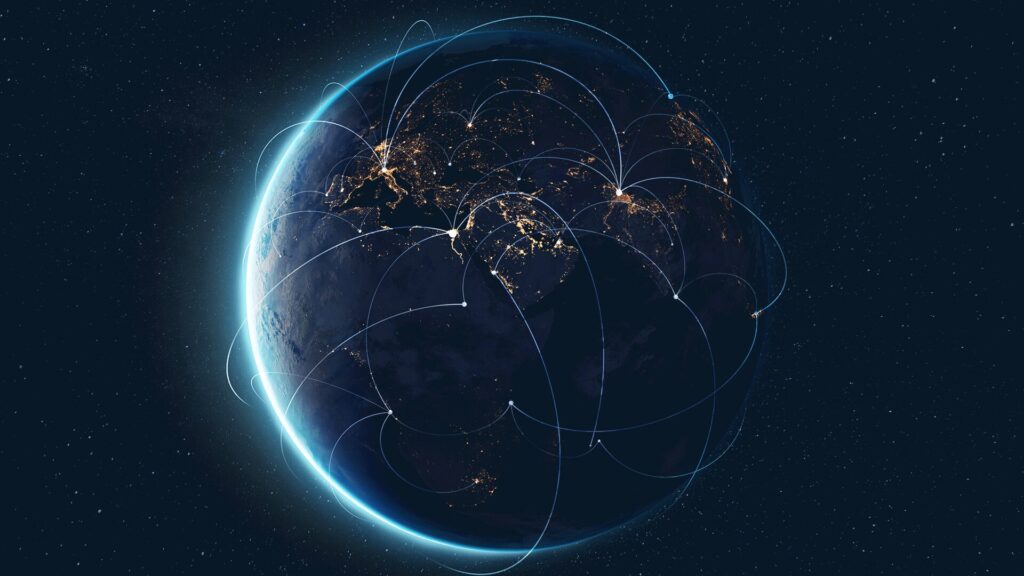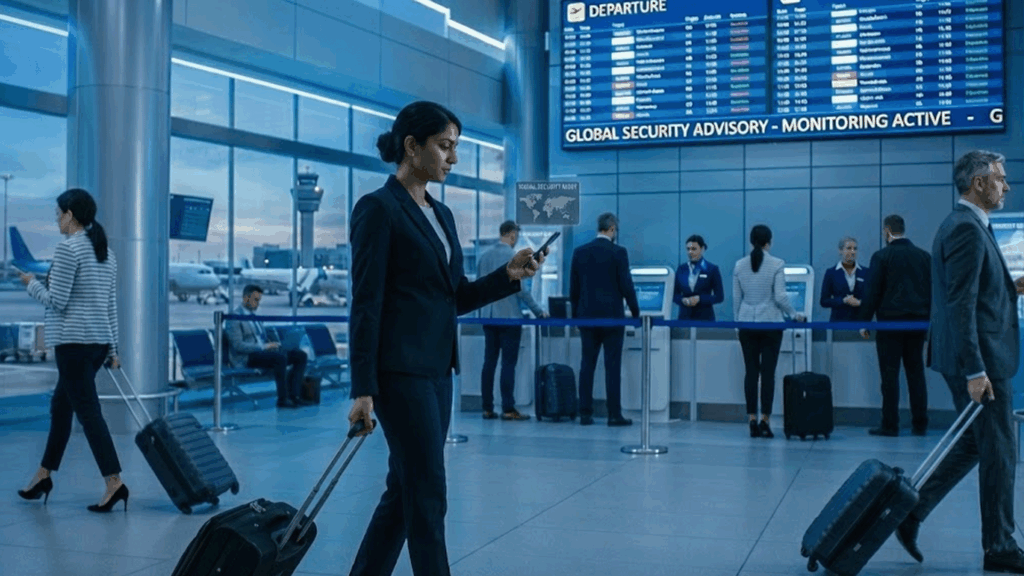During a corporate crisis, time is essential.
Imagine these scenarios, all unfolding in the span of an hour: A corporate crisis has occurred, journalists are calling your communications team for comment, and your company’s stock price is falling. Employees might be injured or unaccounted for, and the executives you typically rely on to make key decisions might be directly implicated in the crisis.
It’s nearly impossible to avoid corporate crises. In a 2019 survey from PwC, 7 out of 10 senior leaders said their company had experienced at least one major crisis in the past five years.
Corporate risk grows as a company gets bigger: PwC estimates companies with 5,000 or more employees are more likely to experience more than five crises in the same time period, or roughly one crisis per year.
In every crisis, the one thing that executives consistently tell us they wished they had more of is time. Dataminr delivers a time advantage to its customers, by giving them early alerts to emerging risks.
“The crises often develop quickly, leaving minimal time for businesses to react before a storm hits,” said Dr. Evgueni Ivantsov, chairman of the European Risk Council. “An early warning provides a vital window of time for leaders to implement mitigating measures, which can be the difference between a business surviving and failing.”
Depending on the crisis, the time advantage from early alerts could be minutes, or it could be days. However, in every case, that extra time allows companies to thoughtfully evaluate emerging risks, take action to reduce negative impacts and protect brand reputation. Early alerts can also give companies a more complete picture of the crisis as it’s unfolding, so they can effectively respond from a more informed position.
In a recent eBook, we share original research quantifying the value of time during a corporate crisis, and best practices as companies develop and test their own crisis management plans. Here are the top four takeaways from the book:
No. 1: Finding relevant signals, faster
Crisis managers have more information at their fingertips than ever before. Sitting inside a global security operations center, a team dealing with a physical crisis or natural disaster can pull up live video feeds from the company’s internet-connected security cameras, talk directly with their site lead, bring up a patchwork quilt of local and national news sites, and watch Twitter for mentions and emerging hashtags. The volume of data sources is equally high when crisis managers are tasked with responding to a cyberattack, a brand crisis, remote crisis or countrywide crisis.
That said, it can be a monumental challenge to quickly sift through raw information and disparate data points from dozens of sources, some of which may conflict.
That challenge is compounded if the crisis has been brewing online for hours without the company’s knowledge. No one wants to be alerted to a crisis by a call for comment from a journalist—by that point, the company is already behind.
Corporate risk software that’s powered by artificial intelligence can do much of the heavy lifting, quickly pulling high-quality, actionable alerts from raw data.
During a crisis, better information at the right moment leads to better actions. And with the clock ticking, incomplete information, such as a limited geographical view of a crisis, can lead to bad decisions.
One survey suggests 28 percent of corporate crises now spread to international media within 60 minutes of their start. This has significant implications for global businesses operating across continents, whose international communications teams may have to step in to manage a developing story in dozens of local-language media outlets.
No. 2: One company’s incident is another company’s crisis
Risk tolerance varies by company, industry, and circumstances. A wildfire that burns 154,000 acres in Northern California might affect just one restaurant location of a global fast food chain, but constitute a major crisis for the utilities company accused of accidentally starting the fire.
In crisis management, it’s important to set policies and thresholds that clearly set forth what constitutes a crisis at your company. In general, a corporate crisis is defined as an unexpected event that disrupts multiple functions of the business and has the potential to significantly harm brand reputation.
In the wildfire example above, the fast food company might respond by accounting for its employees, making arrangements for their continued employment and filing an insurance claim for the location that was destroyed.
Meanwhile, the same event affected multiple stakeholders at the utilities company, sparked a major brand crisis, and eventually led to the company declaring bankruptcy.
No. 3: Quantifying the impacts of crisis
Once a crisis hits, its immediate effects often stretch for days.
Dataminr research into 100 recent crises from the world’s largest brands suggests the average crisis lasts for more than 4 days, and in some cases can stretch beyond a week. In rare cases, like 2018’s food safety crisis at Chipotle, or 2010’s Deepwater Horizon oil spill, the crisis can stretch for months.
In this research, we took a look at large companies operating worldwide, and measured their baseline Twitter traffic, the earliest indicator of an emerging corporate crisis, the average amount of time it took for a major news organization to cover the crisis, the amount of time it took for Twitter traffic to spike related to the crisis, and how long it took for traffic to resume to their baseline levels.
A summary of those findings:
APAC
- 18 hours and 57 minutes: average time between first warning and first news piece
- 20 hours and 51 minutes: average “crisis advantage”
- 6 days, 8 hours and 24 minutes: average length of time before Twitter traffic about the brand returned to its baseline level
- 165: average number of brand-related tweets every 10 minutes at crisis peak
North America
- 18 hours and 21 minutes: average time between first warning and first news piece
- 1 day, 6 hours and 20 minutes: average “crisis advantage”
- 7 days and 21 hours: average length of time before Twitter traffic about the brand returned to its baseline level
- 490: average number of brand-related tweets every 10 minutes at crisis peak
EMEA
- 6 hours and 39 minutes: average time between first warning and first news piece
- 10 hours and 6 minutes: average “crisis advantage”
- 3 days, 23 hours and 21 minutes: average length of time before Twitter traffic about the brand returned to its baseline level
- 160: average number of brand-related tweets every 10 minutes at crisis peak
The data suggests that corporate crises that directly impact consumers (say, a major power outage, or a brand crisis at a retail company) will naturally exist longer in the popular zeitgeist than crises that don’t (like a technology CEO being fired amid scandal, or an auto factory strike).
The impact of corporate crises can stretch beyond the initial spike of public interest. A 2018 study commissioned by Aon suggests that the average company sees a 5 percent decline in its share price in the year following a major crisis.
No. 4: Crisis management must move beyond the GSOC
Managing corporate risk should not sit with a single team inside a company. The initial alerts to a crisis might flow into a global security operations center, but they should be quickly distributed to key teams throughout the organization, and turn into collective and coordinated action:
- The operations team must be notified, in case physical locations need to be temporarily closed
- The physical security team must be notified, in case employees and executives need to be moved to safety, or company assets secured
- The public relations team must be notified, in case they need to issue a public statement
- The legal team must be notified, in case they need to prepare for law enforcement inquiries or other legal risks
- The investor relations team must be notified, in case they need to issue a regulatory statement to investors
Corporate crisis management is transitioning from a tactical program to a strategic program that protects corporate reputation and limits long-term impacts to the brand. For that reason, it requires sponsorship at the highest levels of the company.
Even so, those responsible for managing a crisis, at any level of an organization, will appreciate the advantage of time to better understand the potential impacts of a breaking event, make sound decisions about how to mobilize for an effective response, and ultimately, to protect people, assets, and brand reputation.
Learn more about how Dataminr Pulse is enabling businesses around the world to navigate the fast-evolving threat landscape.




